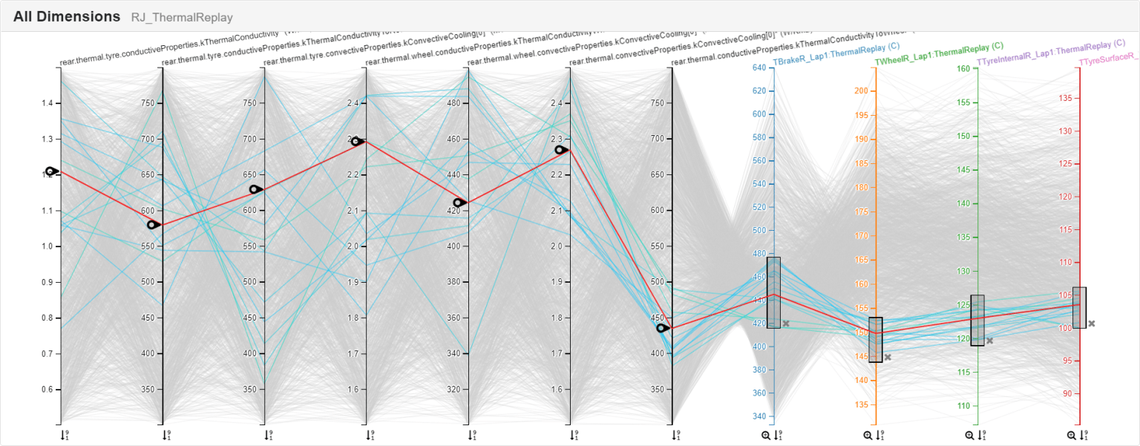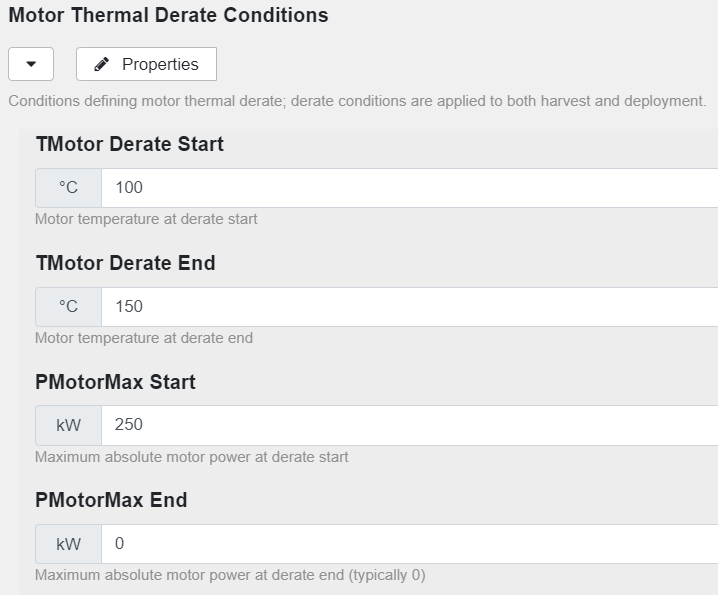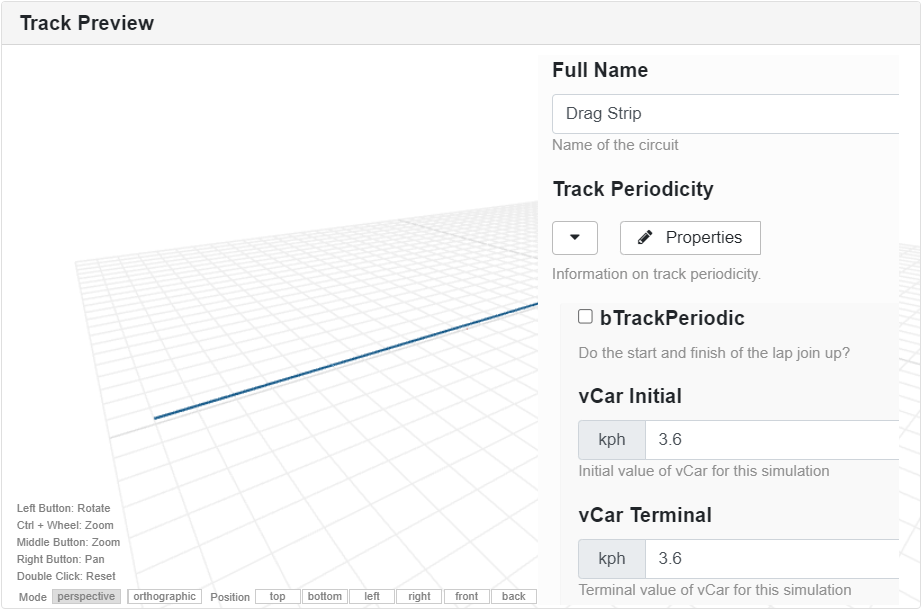Canopy Newsletter 16 – December 2022
December 23, 2022
Welcome to Rob Berry
As part of our ongoing recruitment drive Rob Berry has joined us as full stack software developer, having previously worked at S&P Global and Bet365 before that. He shall be working alongside James to deliver enhancements to Canopy and work through some of the platform feature requests: https://support.canopysimulations.com/hc/en-gb/community/topics/5559684101661-Feature-Requests
Tyre Thermal Dynamic Lap (TTDL) Enhancements
Significant improvements have been made to the usability of TTDL:
The parameters have been neatly categorised into relevant sections for friction, convection, conduction etc. It is now possible to get up and running quickly with a simple model, removing complexity in the first instance, by deselecting some of the minor contributions, for example, radiation. Complexity can be added at a later stage perhaps by making convective cooling a function of velocity.
Energy flows are easier to understand. Searching the channel list for E*Brake will bring up all the energy coming into/out of a component to understand which effects dominate.
The Canopy F1 Car 2023 has a good starting parameter set that you can copy over onto your own car. Filter by thermal to bring up all the relevant sections for wheel, tyre and brake thermal parameters. A large Monte Carlo exploration of Thermal Replay can be used to dial in the parameters to match the desired temperature without using any Compute Credits. After the correlation has been dialed in, TTDL will give the quickest possible driving style to minimise laptime given the effect of tyre temperature on grip.
The results are insightful, and you can see the simulation aggressively warming the brakes to heat the tyres, or backing off into T1 China to protect the FL tyre. As well as optimising driving style, it can be used to find a car setup that takes the thermal effects into account. The setup optima with tyre thermal might be significantly different to non-thermal Dynamic Lap.



Cornering Sim
Apex Sim, Limit Sim, Banked Limit Sim, Sub Limit Sim… so many sims, what do they all do?!
These have been grouped into a single simulation: Cornering Sim, with Options to specify the desired behaviour. Default Cornering Sim Options can be staged to replicate the behaviour of Apex Sim and Limit Sim.
The eventual plan is to simplify the user experience and discontinue the sims that Cornering Sim replaces so please make the switch at your soonest convenience.
Motor Thermal Derate
Added to the list of thermal components that Canopy can model, it is now possible to derate the electric motor if it becomes too hot. The heat generated is given by the efficiency map while rHeatRejectionRetention defines the proportion of this heat that goes into motor heating. The motor thermal capacity is defined by pSpecificHeat and Mass. Direct Cooling and Thermal Boundary Conditions (defined starting temperature, or stabilised temperature) are specified, then the model is ready to run.

Dynamic Lap to replace Drag Sim
Drag Sim is a useful but niche tool, which sees very little development relative to its bigger brother Dynamic Lap. By staging the Drag Strip track and defining vCar Initial and vCar Terminal, Dynamic Lap can be used instead. The eventual plan is to discontinue Drag Sim.

Did you know…
The calculations for roll centre height and suspension antis have been moved to a default User Maths example, to help if you are comparing with results from elsewhere.
To improve robustness on ICE cars with part throttle map shaping, Dynamic Lap internally uses a linear throttle mapping between the 0% and 100% throttle line, then produces the shaped rThrottlePedal output in post processing.
Camber and Toe can be setup using shims rather than a pure rotation. The effect is minimal.
Roll bump stops can now be defined
We hope you enjoy using these new features.
Let us know if you have any questions or comments.
Your Canopy Team